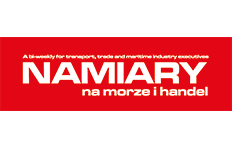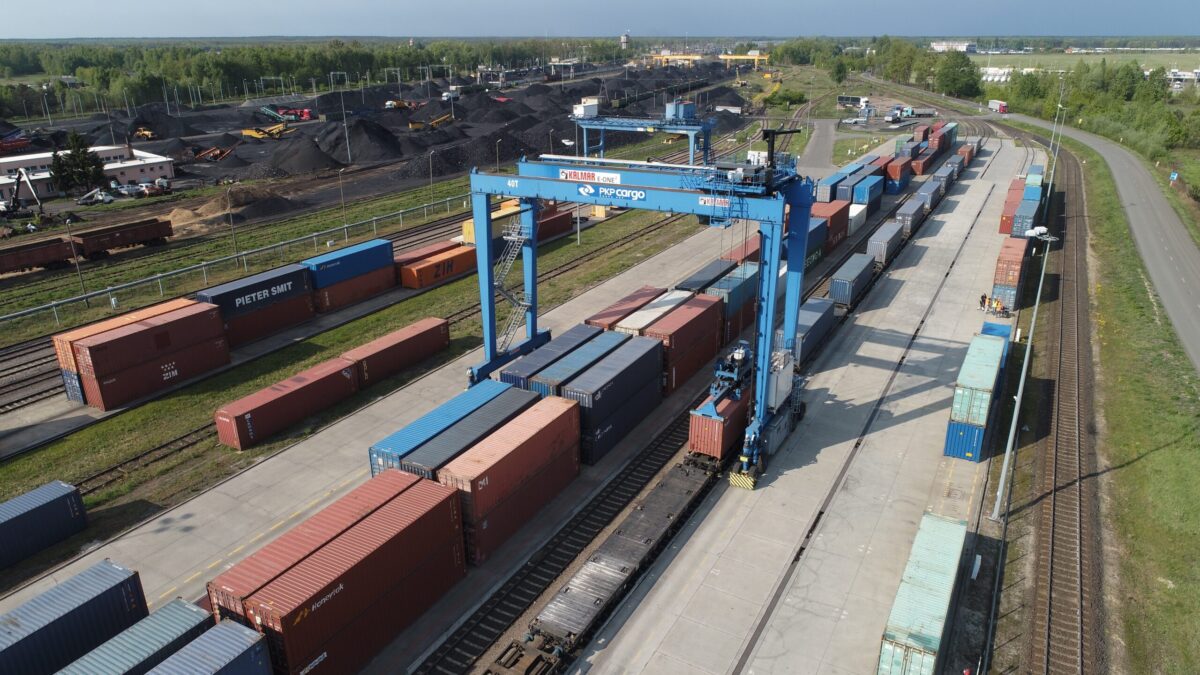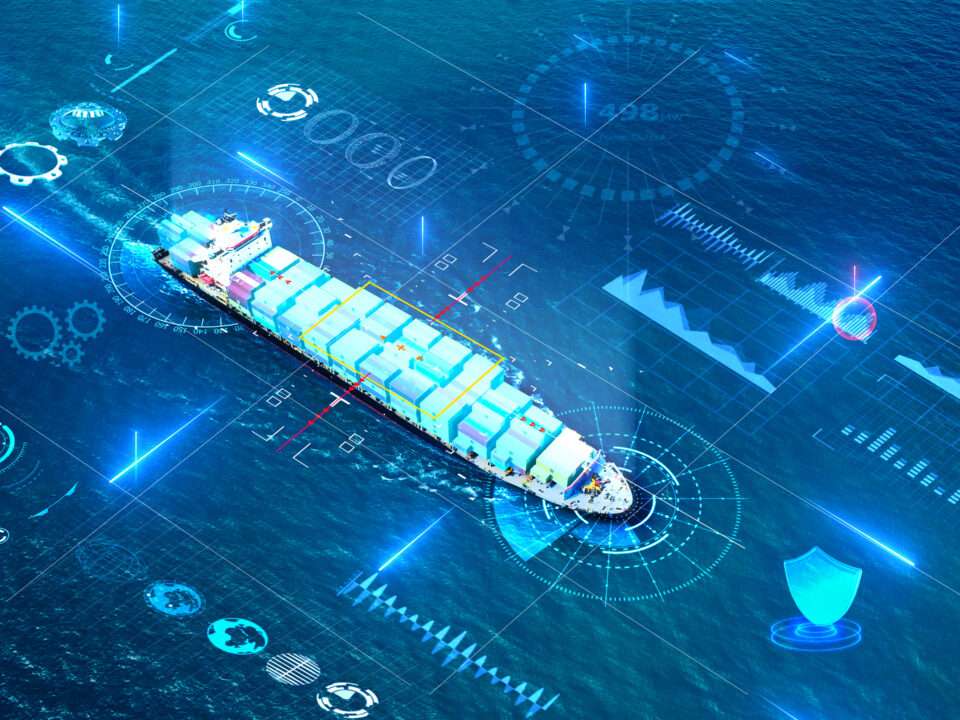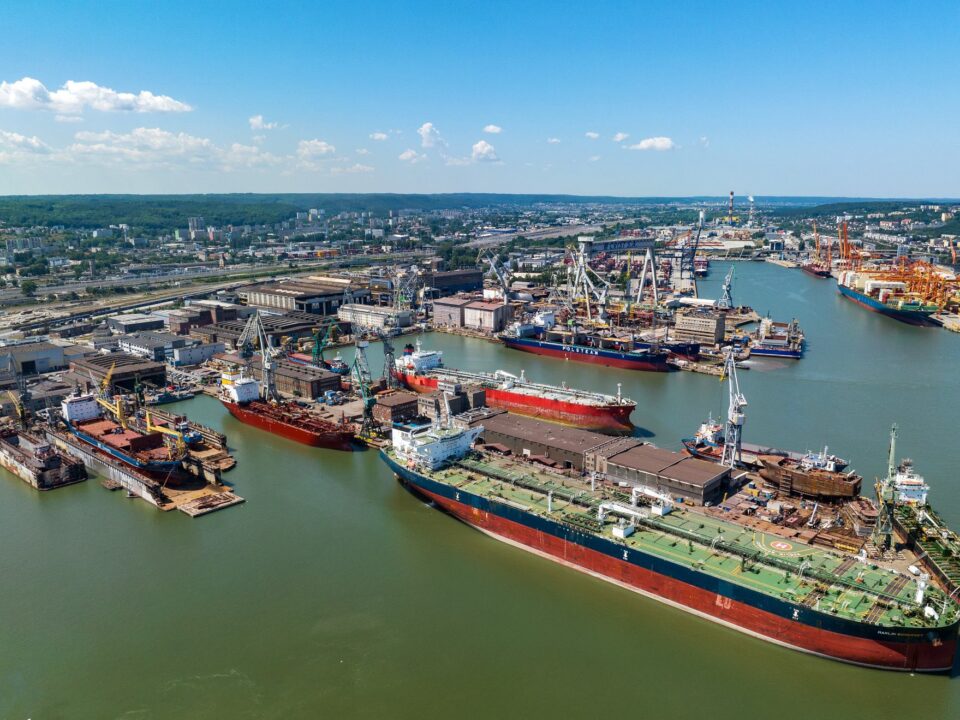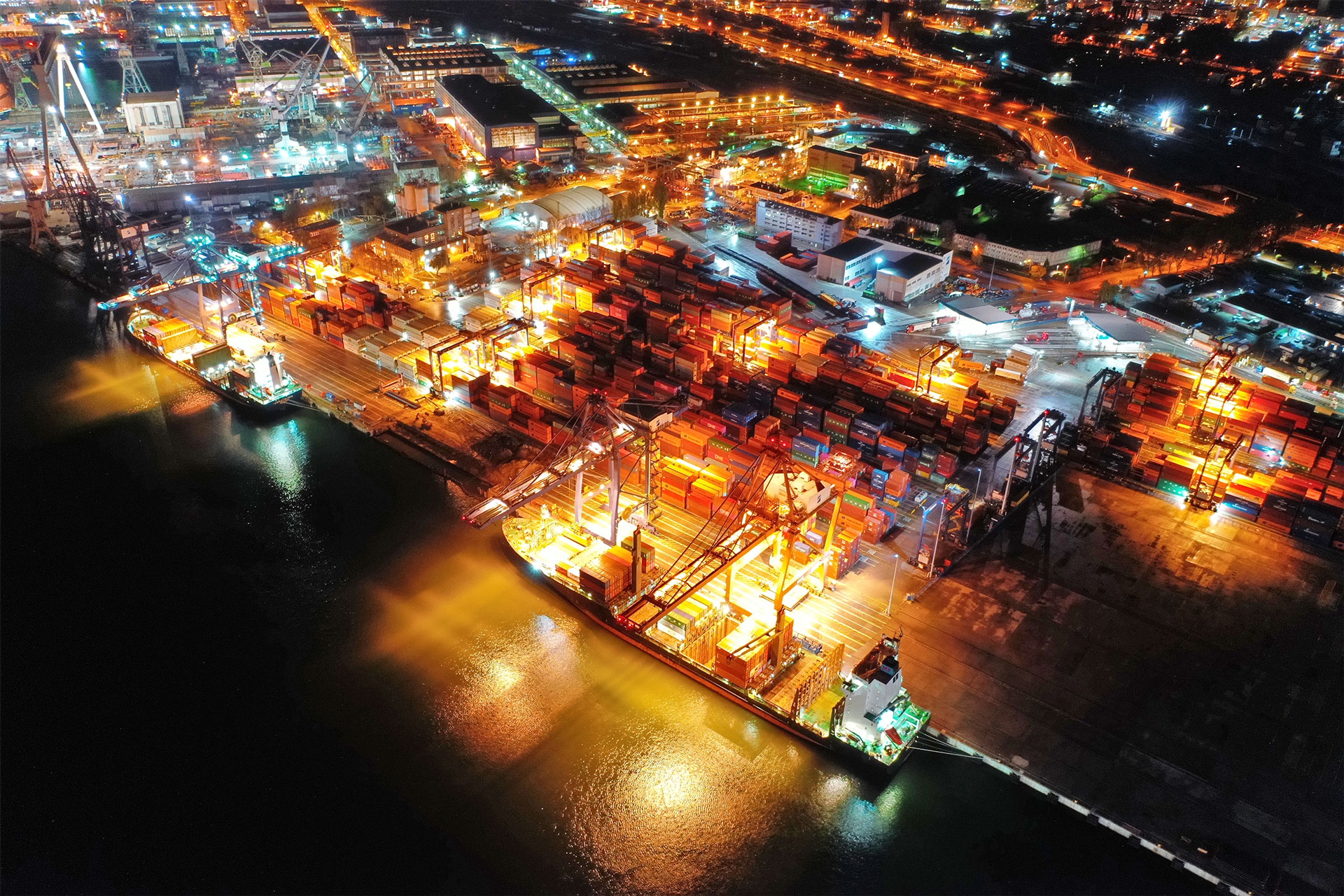
Poland in the lead of container transhipments
29 March 2022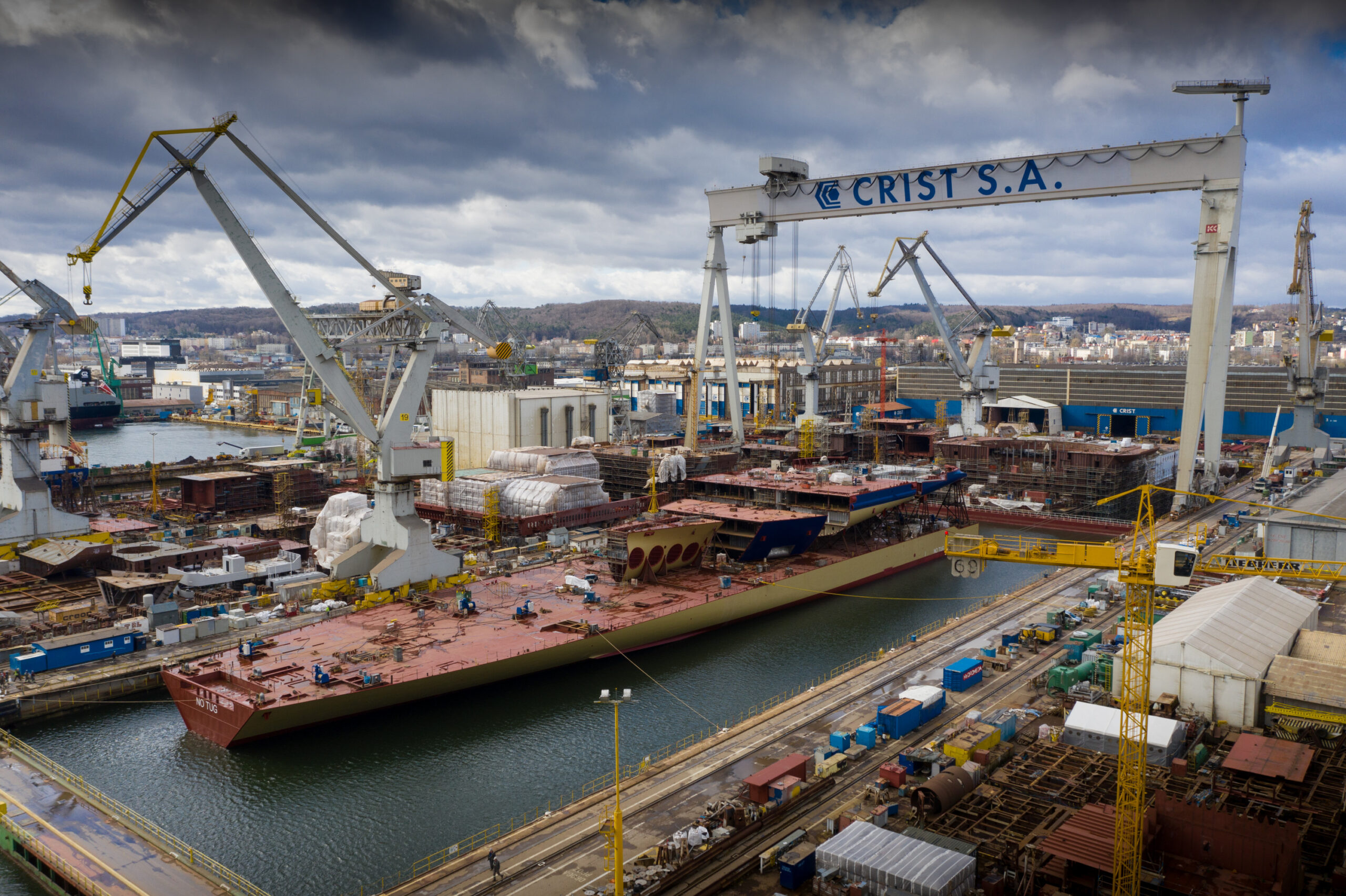
Shipyard flexibility
27 June 2022Russia’s invasion of Ukraine has called into question the future of intermodal transport operations between Asia and Europe. In the face of war, not all European customers wish to transport cargo from China across the territory of the aggressor or its Belarusian ally. Thus, the search for routes bypassing the Russian Federation began. However, experts believe that alternative routes through Central Asia and the Caucasus are not a threat to the New Silk Road, and that rail transport across Russia will pick up again, and this will happen even as the war continues.
– Russia’s attack on Ukraine has led to a drammatic fall in traffic on the New Silk Road due to a reduction in insurance cover, the risk of sudden stoppages in deliveries, or for ethical reasons due to the involvement of Russian and Belarusian railway companies in the project – says Marek Tarczyński, Chairman of the Council of the Polish Chamber of Forwarding and Logistics [Rada Polskiej Izby Spedycji i Logistyki].
And still as recently as last year, the route via Kazakhstan, Russia, Belarus and Poland to Germany was traversed by 15,000 trains annually (GIS Reports data for 2021). It seemed that another record would be set this year and that the volume of trade conducted over land would increase again. However, wartime decisions taken in the Kremlin have brought the flourishing of the NSR to a halt.
According to official data from ULTC ERA, a partnership of Kazakhstan Railways, Russian Railways and Belarusian Railways, which handles most of the traffic from China, by mid-May 2022, containers with a capacity of 218.3 thousand TEUs had been transported on the NSR, while for the whole of the previous year it was 692.5 thousand TEUs. The decline in traffic is pronounced and if the trend continues it could reach up to one-third on an annual basis. The trend has not gone unnoticed in Western European ports.
The exodus of European freight forwarders from the NSR was triggered primarily by ethical and image-related considerations. AsRobert Kłosiński of DSV Air & Sea explains, large European companies cannot afford to have their products or services associated with the Moscow regime. Using the Russian railways, which are part of the NSR, could tarnish their image. It is therefore obvious that the shipments in which Russia has a stake and from which it derives its profits are being abandoned. The decision taken by others in that matter, was in turn influenced by the risk of a sudden extension of sanctions.
Despite this, traffic on the NSR has not ceased at all, and container trains continue to travel to the European Union via Siberia. Paradoxically, freight handling times have also improved, with shipments being made in record time as large shipowners and freight forwarders have withdrawn from the NSR.
– The current transit time is at a level never encountered before. Freight trains from China are able to cover the route in as few as 10-11 days, something that has been extremely rare until now.Moreover, the cost of such shipping per equivalent load unit is even lower than the most attractive sea freight rate from the Far East – says R. Kłosiński.
The information about favourable conditions that exist on the railway route through Kazakhstan, Russia and Belarus has been corroborated by other forwarders, who emphasise the complete lack of congestion on the route. However, using the rail network in Russia during Ukraine’s invasion may involve additional risks for the carrier and their customers.
Therefore, operators are on the lookout for other, alternative routes. One of these is the so-called TITR (Trans-Caspian International Transport Route) corridor, which runs through Kazakhstan, Azerbaijan, Georgia and Turkey. It is also a possible route from China to Pakistan and Iran.
The search for alternative routes from Asia to Europe has also increased the demand for transportation across the Caspian Sea. However, doubts remain as to whether Kazakhstan and Azerbaijan will manage to create the required transparent conditions for the development of intermodal transport, in order to capitalise on the current demand of freight forwarders.
At present, the trans-Caspian route accounts for only 5% of the volume of cargo being shipped between China and Europe. Both freight forwarders and analysts have pointed out the many limitations and challeneges of this route. These include unclear customs regulations and legislation, unfavourable geographical conditions and political instability. Besides, as the forwarders stress, the infrastructure on this route is not prepared for large volumes of cargo, and the number of feeder connections on the Caspian Sea as well as the Black Sea is limited. The need for transshipments on this route prolongs the entire process and exposes it to additional losses. Also, the cost of transporting a container from China to Europe via the Caspian Sea is higher than using the conventional route via the NSR.
Another option could be a route leading from China through Pakistan and Iran, but the proximity of troubled Afghanistan and the threat of terrorism in the region does not encourage freight forwarders to use this route. Those who do not wish to use the NSR during the war are therefore left with the option of the route via the Caspian Sea. However, it remains to be seen how long European customers will endure the extended delivery times, which will also cost more than they did before. Therefore, the forwarders believe that the traffic on the NSR will increase regardless of the ongoing war.
Article developed with Namiary na Morze i Handel magazine
phot. Namiary na Morze i Handel magazine
